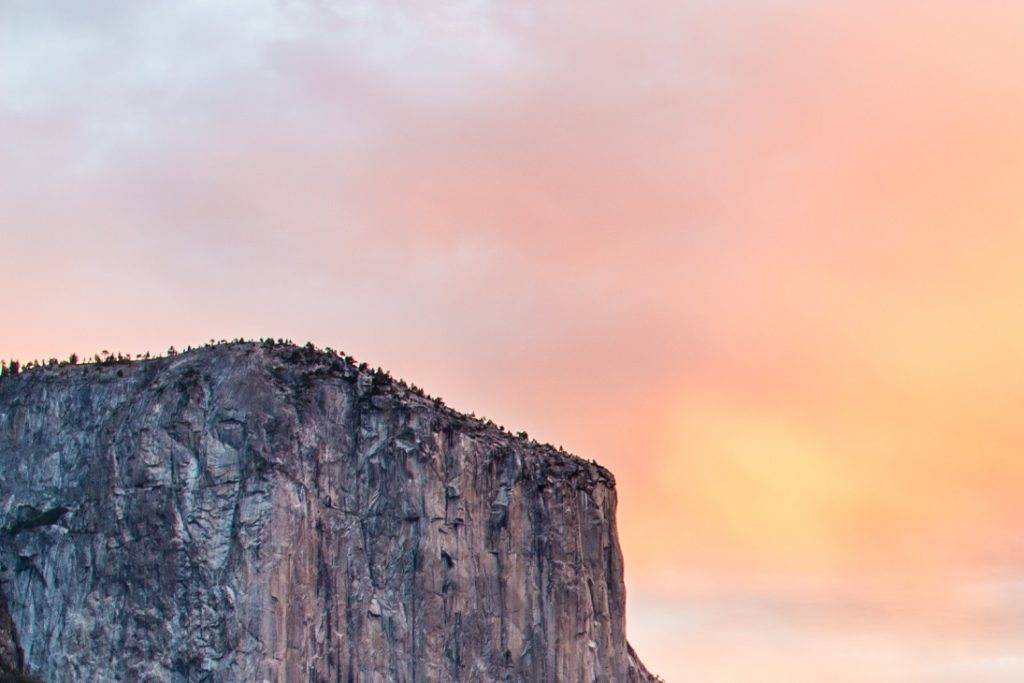
Go visit any website. The pictures used there are most likely JPEGs. Indeed, JPEGs have been the go-to web image format for web developers and even common folks. But, is there a way for getting the best out of JPEGs? How do you make sure you’re not compromising loading speed and quality?
Get to know your camera
Different camera brands have different Out of Camera (OOC) JPEG flavors. This is due to sensor choices as well as in-camera processing algorithm.
Canon digital cameras, in general, produce great-looking JPEGs. They have good exposure, spot-on white balance, and vivid colors. Nikon, on the other hand, while also able to produce good images tend to have duller colors when you shoot in daylight. Their auto white balance is trying too hard to keep things neutral. Some people even call the images lifeless.
“What about other brands like Olympus and Fuji?”
It’s the same story for them too. Fuji’s JPEGs are movie-like, especially the ones coming from their X camera series. That’s because Fuji’s engineers have been working hard to keep their film photography legacy alive.
So, be sure to familiarize yourself with how your chosen camera brand behaves. That way you can decide if you should stick with auto-mode or manual. When you do go manual, be sure to adjust the white balance and exposure accordingly to get the best possible JPEG straight out of the camera.
Go RAW
When you have little control on the environment in which you take the pictures or when you’re not confident enough of your manual settings, go RAW.
As the name implies, RAW files store image data without as captured by the sensor with zero image processing. RAW files give you huge freedom in tweaking the images to your liking. Anything you want to change, add, and remove, you can do it from your favorite image editing software.
The problem with working with RAW is, well, it takes a lot of work.
If you’re a food blogger who would rather spend more time hunting for unheard gourmet meal, post processing can be a huge waste of time. It will be more time-efficient if you tweak your camera to get the best JPEGs possible and compromise on minute flaws and limitations.
No double conversion
Let’s say you want to post your latest food hunt on Instagram. Once you convert the images and optimizing them for Insta, should you use the converted images and optimize it for posting on Facebook?
Of course not.
When you want to post to multiple social media, always convert the original images that have the highest quality. JPEG is not a lossless file format. Multiple conversions and resizing will result in lower-quality images since each conversion will always involve loss of quality.
So, remember, to get the best of JPEGs, get to know your camera’s quirks and features, go RAW when you want to play safe, and always keep the high-quality source image ready.
